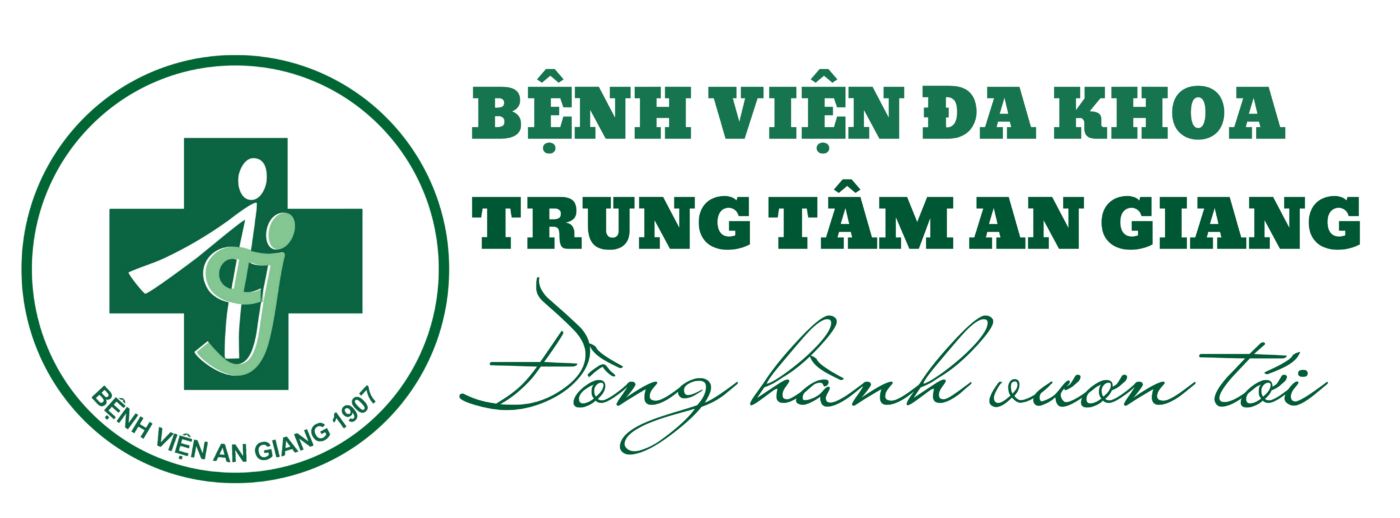Cochrane Database Syst Rev. 2012 Dec 12;12:CD005607. doi: 10.1002/14651858.CD005607.pub4.
Dhiwakar M, Clement WA, Supriya M, McKerrow W.
Source: Kovai Medical Center and Hospital (KMCH), KMCH Comprehensive Cancer Center, Coimbatore, India. dhiwamahi@yahoo.com.
BACKGROUND:
This is an update of a Cochrane Review first published in The Cochrane Library in Issue 2, 2008 and previously updated in 2010.Tonsillectomy continues to be one of the most common surgical procedures performed in children and adults. Despite improvements in surgical and anaesthetic techniques, postoperative morbidity, mainly in the form of pain, remains a significant clinical problem. Postoperative bacterial infection of the tonsillar fossa has been proposed as an important factor causing pain and associated morbidity, and some studies have found a reduction in morbid outcomes following the administration of perioperative antibiotics.
OBJECTIVES:
To determine whether perioperative antibiotics reduce pain and other morbid outcomes following tonsillectomy.
SEARCH METHODS:
We searched the Cochrane Ear, Nose and Throat Disorders Group Trials Register; the Cochrane Central Register of Controlled Trials (CENTRAL); PubMed; EMBASE; CINAHL; Web of Science; BIOSIS Previews; Cambridge Scientific Abstracts; ICTRP and additional sources for published and unpublished trials. The date of the most recent search was 20 March 2012.
SELECTION CRITERIA:
All randomised controlled trials examining the impact of perioperative administration of systemic antibiotics on post-tonsillectomy morbidity in children or adults.
DATA COLLECTION AND ANALYSIS:
Two authors independently collected data. Primary outcomes were pain, consumption of analgesia and secondary haemorrhage (defined as significant if patient re-admitted, transfused blood products or returned to theatre, and total (any documented) haemorrhage). Secondary outcomes were fever, time taken to resume normal diet and activities and adverse events. Where possible, we generated summary measures using random-effects models.
MAIN RESULTS:
Ten trials, comprising a pooled total of 1035 participants, met the eligibility criteria. Most did not find a significant reduction in pain with antibiotics. Similarly, antibiotics were mostly not shown to be effective in reducing the need for analgesics. Antibiotics were not associated with a reduction in significant secondary haemorrhage rates (risk ratio (RR) 0.49, 95% CI 0.08 to 3.11, P = 0.45) or total secondary haemorrhage rates (RR 0.90, 95% CI 0.56 to 1.44, P = 0.66). With regard to secondary outcomes, antibiotics reduced the proportion of patients with fever (RR 0.63, 95% CI 0.46 to 0.85, P = 0.002).
AUTHORS’ CONCLUSIONS:
The present systematic review, including meta-analyses for select outcomes, suggests that although individual studies vary in their findings, there is no evidence to support a consistent, clinically important impact of antibiotics in reducing the main morbid outcomes following tonsillectomy (i.e. pain, need for analgesia and secondary haemorrhage rates). The limited benefit apparent with antibiotics may be a result of positive bias introduced by several important methodological shortcomings in the included trials. Based on existing evidence, therefore, we would advocate against the routine prescription of antibiotics to patients undergoing tonsillectomy. Whether a subgroup of patients who might benefit from selective administration of antibiotics exists is unknown and needs to be explored in future trials.





